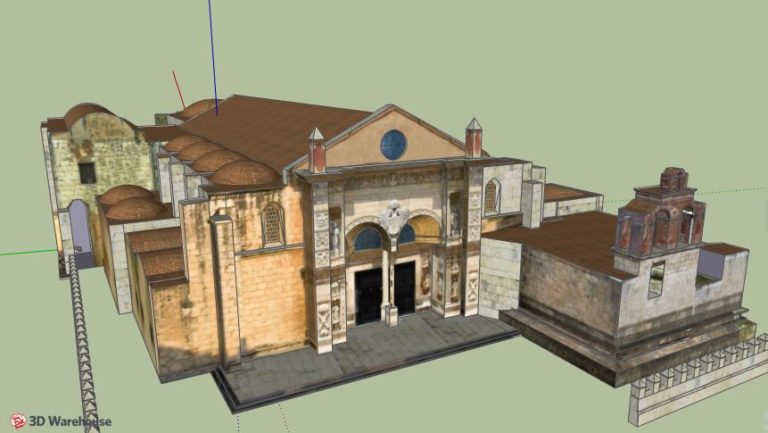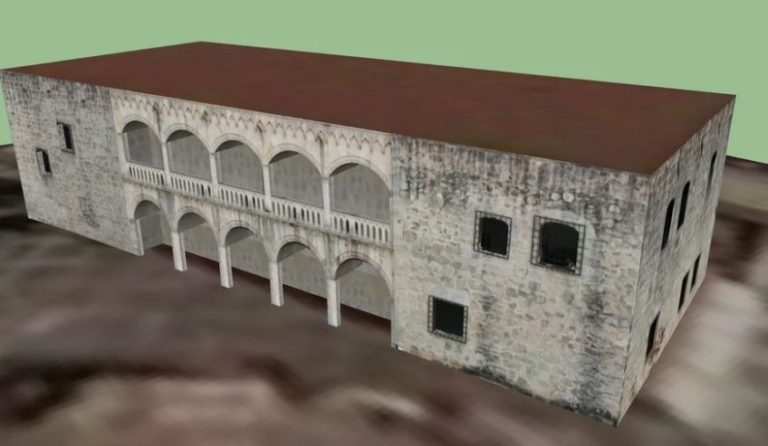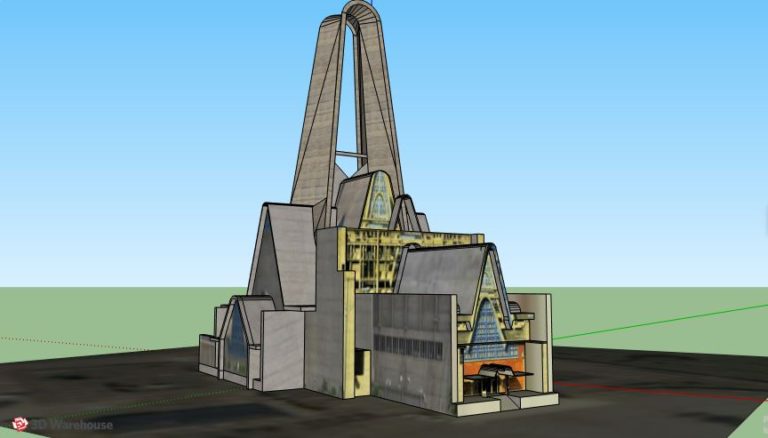Puerta del Conde of Santo Domingo 3D Model

Puerta del Conde of Santo Domingo
One of the most emblematic monuments of the Dominican Republic is the Puerta de la Misericordia, in the Colonial Zone. Place that this immortalized in the Dominican history for being part of the process of national independence of the nation.
The construction of this door dates from 1543 and was built in a symbolic way to represent the entrance to the city of Santo Domingo, which at that time was concentrated in what is known today as the Colonial Zone.
In its origins this door was known by the name of Puerta de Santiago or Puerta Grande.
It was in 1842 when it changed its name after it served as a meeting point for the residents of the city who gathered to ask God for mercy after living through a strong earthquake.
Near this door there was a box that served for the executions for those who were condemned to death, this was later replaced by a chapel. Only two years after this event, this work takes on another meaning after a group of young people decided to proclaim the independence of half of the island which was then under Haitian domination.
It was precisely at this point that one of these young people named Matias Ramon Mella (one of the country’s fathers) fired the trabucazo with which the independence proclamation would be announced.
Today this monument maintains intact the elements that characterized it since its original construction, although it is surrounded by houses and businesses that have given new airs to the area. It currently divides what would be the end of the colonial zone and the beginning of the sector known as Ciudad Nueva. The front of the building serves as a meeting point for young people from the capital who meet on weekends to share drinks and dances in an informal way.






